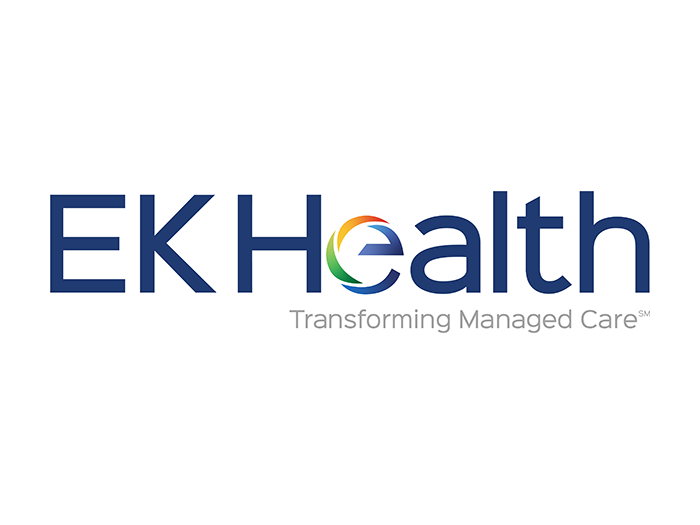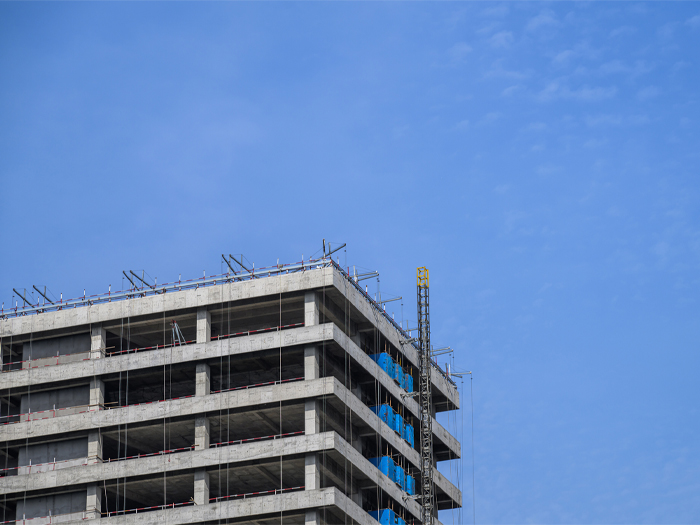COVID-19 and Business Interruption: How Insurance Can and Cannot Mitigate Losses
In addition to its rapidly growing human toll, the coronavirus is causing massive disruptions and losses to businesses in this country and worldwide.
As of this writing, states nationwide have shut schools, discouraged or prohibited public gatherings, and limited restaurants to takeout service.
Similar shutdowns are occurring throughout Europe, while travel bans crisscross borders and oceans — all in the wake of major supply chain disruptions originating in China.
The loss of income stemming from closures, supply chain disruptions and individuals’ curtailment of their ordinary activities will induce businesses of all sizes to seek insurance coverage through the business interruption provisions common to commercial property insurance.
Coverage Under First Party Property Policies
Most businesses’ first party property insurance policies include coverage not only for property damage but also for lost profits resulting from that damage.
The coverage for lost income often covers loss resulting from:
- Damage to the policyholder’s own property (business interruption)
- Damage to the property of a customer or supplier or a supplier’s supplier (contingent business interruption)
- Government action such as evacuation orders (order of civil authority)
- Damage to properties that attract customers to the policyholder’s business (leader property)
The event that triggers any of these coverages is property damage — without which there will be no coverage for lost profits under a first party property policy.
The fundamental questions with respect to property insurance coverage for every coronavirus-related loss are whether the mere presence of the virus can cause or constitute property damage and whether such damage played a role in the loss of income.
Non-structural Property Damage
While the coronavirus is not reported to have resulted in any permanent physical damage to property, it is transmitted either through the air or from touching infected surfaces.
Thus, the virus can be present in buildings, airplanes, trains, watercraft and other enclosed spaces and on surfaces outdoors.
In analogous circumstances, courts have found that the presence of harmful substances at or on a property can constitute “property damage” that triggers first party property coverage.
In Gregory Packing, Inc. v. Travelers Property Cas. Co. of America, a federal court in New Jersey found in 2014 that covered property damage had occurred when ammonia was accidentally released into a facility, rendering the building unsafe until it could be aired out and cleaned.
In reaching its decision, the court stated that “property can sustain physical damage without experiencing structural alteration.” Similar subsequent decisions in Oregon and New Hampshire have found property damage in the absence of structural damage.
A strong argument can be made from this case law that property damage has occurred in places where the virus is present.
New property damage can be introduced into an area by the same or additional infected people over time, which could strengthen the argument that places where large numbers of people congregate suffer ongoing property damage, no matter how long a single spore can survive there.
The Potential Extent of Contingent Business Interruption
A large portion of the losses suffered by American businesses will fall within the category of contingent business loss — a loss caused by damage to a supplier or customer. Many U.S. businesses have reported the loss of overseas suppliers and customers.
Such supply chain losses are likely to increase as the disease spreads in the U.S. and affects domestic customers and suppliers.
Importantly, the “supplier” whose property damage triggers contingent business interruption coverage may not be limited to the manufacturers or distributors of goods.
It could be the airline, cruise ship or subway that brings customers to your business. To qualify as a “supplier” it is not necessary that the policyholder have a supply contract with the third party.
For example, in Archer — Daniels Midland Co. v Phoenix Assurance Co, (S.D. Ill. 1996), the court held that the policyholder, a food processor, was entitled to contingent business interruption coverage because of property damage sustained by the Army Corps of Engineers, which operated the flooded Mississippi River boat channels, and farmers who lost crops that would have indirectly been sold to the plaintiff through intermediaries.
Closures of public gathering places and all nonessential business activity in major cities worldwide may trigger coverage for “order of civil or military authority” — that is, for loss due to the prohibition of access to a business’s premises if caused by property damage within a specified distance of the insured property, such as one or five miles.
Ordered closures could also trigger “leader property” insurance, which covers the policyholder’s lost earnings resulting from the closure of a property that attracts customers to the policyholder’s business.
The suspension of major league sports, for example, might trigger leader property coverage for hotels near stadiums and arenas.
Of course, the presence of coronavirus in the policyholder’s own premises could trigger both property damage coverage and business interruption coverage.
Defenses Against Coverage
A range of defenses may allow insurers to avoid, or limit, payment for losses stemming from the coronavirus.
First, some policies contain broad exclusions of damage caused by biological agents. Those exclusions may be found either in standalone provisions or be incorporated into exclusions for pollution or contamination.
Conversely, some property policies either expressly provide coverage for damage caused by disease or only partially exclude such damage, sometimes barring coverage for the presence of bacteria but not viruses.
Second, many policies contain sublimits for some of the coverages discussed above, have waiting periods before the coverage is triggered, or both.
Third, even if the presence of coronavirus is considered property damage, most time element coverages insure only the period of time needed to repair the damaged property.
Insurers will argue that the virus exists for only a very short period in the air or on surfaces, and that a quick cleaning is all that is needed to eliminate it and thereby restore the property, allowing a very limited period of recovery.
However, if the virus persists in people in an area, re-contamination is possible, which would extend the period of coverage.
Further, many policies provide extended period of interruption coverage to a certain number of days after property damage has been repaired to allow the policyholder’s business to resume normal operations and achieve pre-loss levels of income.
There will likely be disagreements over whether a business was closed or access was denied because of actual property damage or as a purely prophylactic measure to prevent the spread of the disease.
To that point, the Insurance Services Office recently announced that it has prepared forms that provide limited coverage grants for situations like the coronavirus pandemic, which, if incorporated into policies, will provide some coverage for purely preventive closures.
Unfortunately, such provisions will not apply retroactively and will likely be prohibitively expensive if marketed during the current crisis.
Loss Mitigation and Extra Expense
Insurance policies, as well as the common law, impose upon policyholders the obligation to mitigate property loss or personal injury and require the insurer to pay for those efforts.
Loss mitigation coverage is triggered by actual loss, damage or injury, so it probably would not apply to purely prophylactic measures taken to avoid a possible loss. However, once a loss or injury has commenced, efforts to contain it, such as closures or costs incurred to make alternative arrangements for employees, may be covered.
Extra expenses incurred in order to achieve safer means of production and deliveries of products and services may also be covered.
As the coronavirus crisis spreads and its impacts widen, it is important for policyholders to fully understand the property coverage they have — or potentially have — so they can keep proper records of loss, promptly notify their insurers and be prepared to pursue coverage. &










